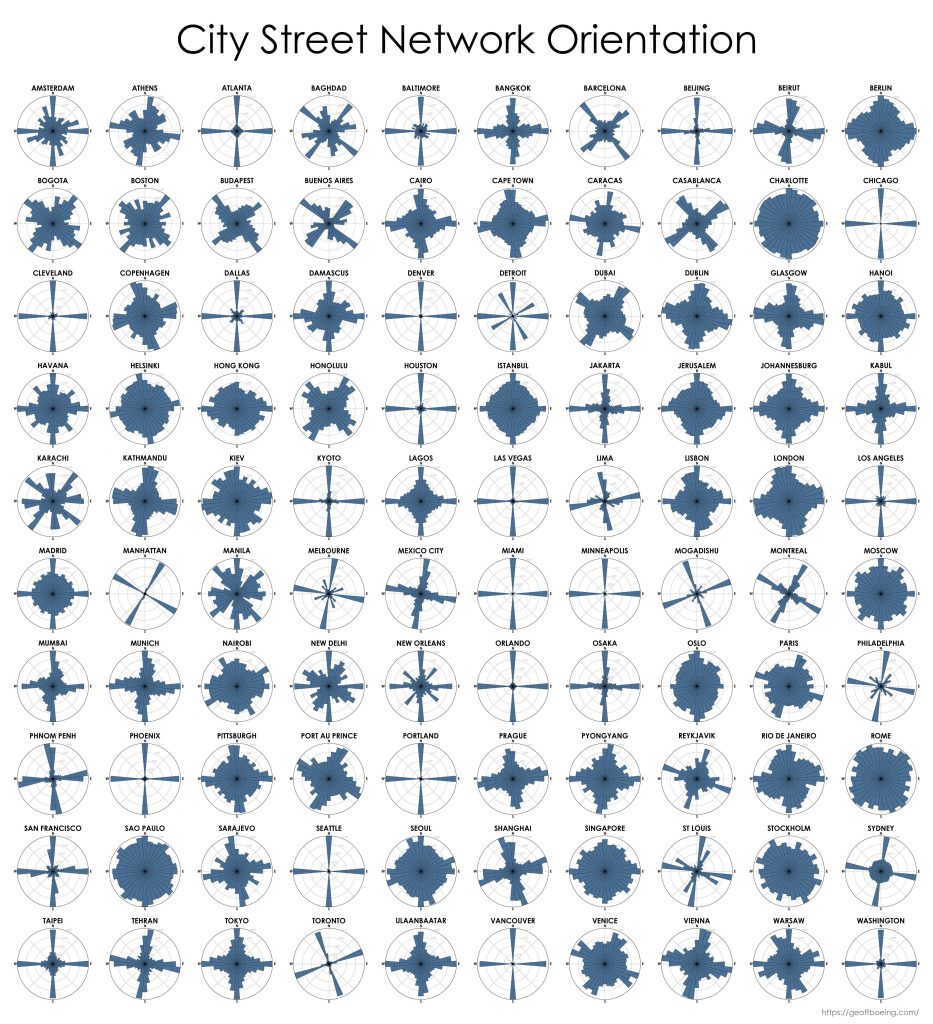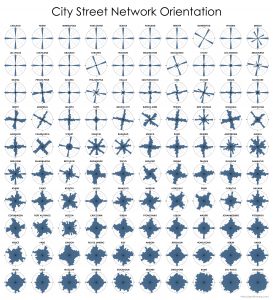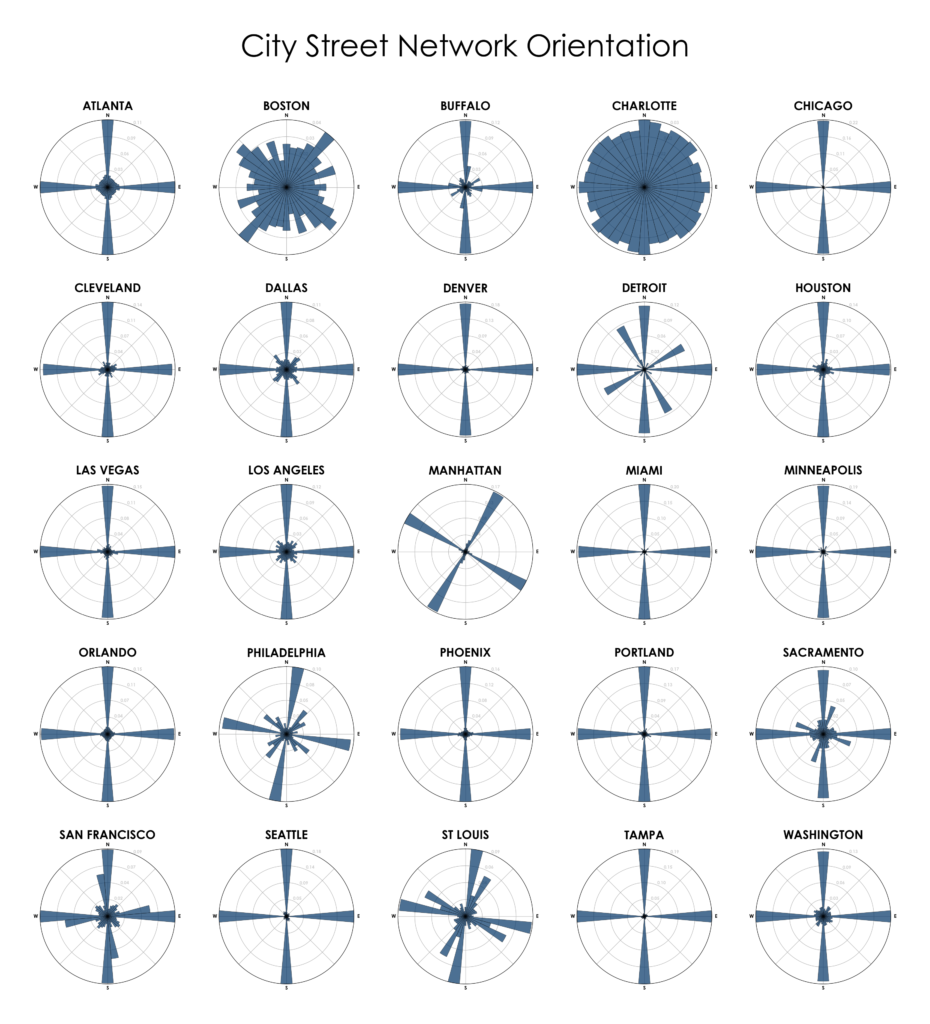I have a new article out now in Urban Studies, which finds that—all else equal—residents of Los Angeles census tracts that generate more vehicular travel tend to be exposed to less vehicular air pollution, and that tracts with a larger non-white population proportion—whether high- or low-income—experience more air pollution than do whiter but otherwise similar tracts. There’s also a free, open access pre-print available.
Twentieth century planners designed and constructed an enormous network of expressways to open up growing American metropolises to motorists. Vast swaths of established urban neighborhoods were bulldozed to clear new channels for suburban residents to drive to job centers. Yet some older neighborhoods survived relatively unscathed.
For example, in Los Angeles, local residents organized to protest and eventually successfully cancel plans to extend State Route 2 through the affluent communities of Beverly Hills and Los Angeles’s westside. In contrast, similar grassroots efforts failed in Los Angeles’s eastside, where several major freeways carved up its less-affluent and less-white neighborhoods.


